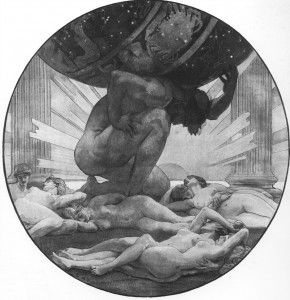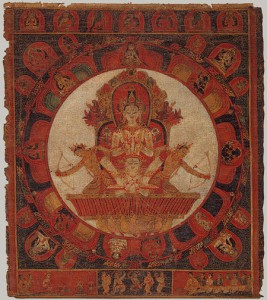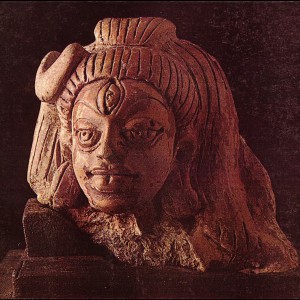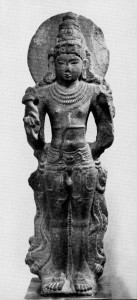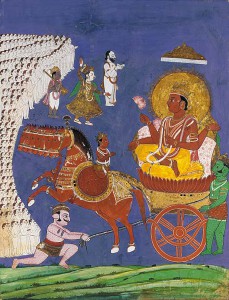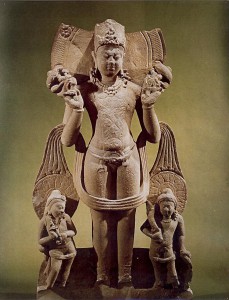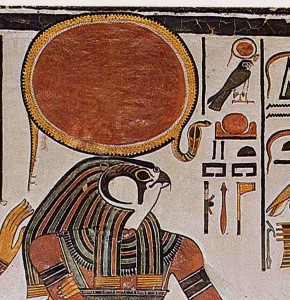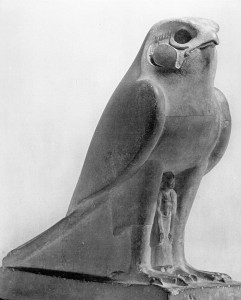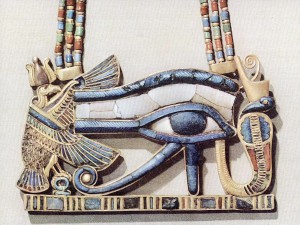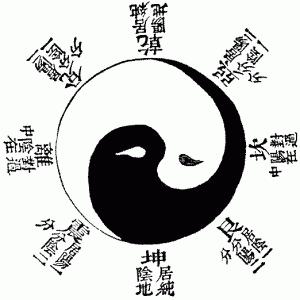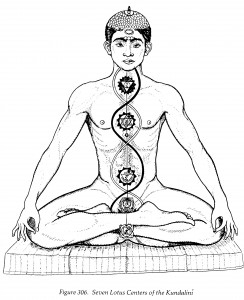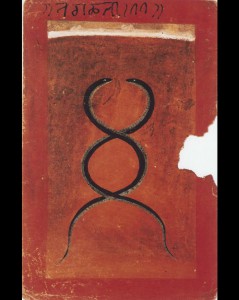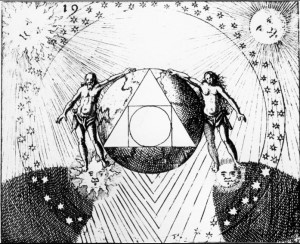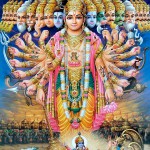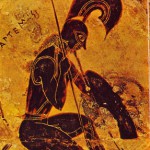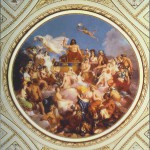Hi, I thought I`d try to submit a dream. It was quite disturbing, so I`d be grateful to get some help with the interpretation.
My old dog, Atlas (like the Titan), was lying in a dog’s basket, minding his own business. He was mostly black, with a white chest, throat and tip of the tail. Apparently he had to die, and his head was supposed to be smashed by a hammer. I couldn’t do it, so my severe uncle smashed the poor dog’s skull with a hammer (black and red, I think).
As his head was smashed, black water splashed out of his left eye, and he seemed dead. I was shocked, but quite surprised and relieved that he died quickly. Then the poor dog woke up, and I had to put him out of his misery. I think I tried to smash its head in, but it felt so incredibly wrong. I lay next to the blinded and wrecked dog, crying on the floor. Screaming for help.
My uncle pulled the dog up on the couch (two or three seats, I think. A 3+2 or 2+2 section). He started to slowly hammer the bones in the dog’s face. It screamed and eventually started to attack him, but my uncle had this martial art skill of pushing the dog’s face away.
I was devastated by the whole thing, and grabbed the hammer, while wishing he’d just been euthanized in the first place. I felt like I had to smash the dog’s head out of desperation.
The dog then went for me, and I stood up on the floor. The poor dog then stood up like a man (not like a dog), blind, and following my noise. My uncle didn’t help.
A dog in a dream is a representation of the instinctual aspect of life that is emerging to guide us and wants to be paid attention. Just as a dream has many interpretations, the dog in a dream has multiple symbolic meanings from faithfulness, guarding and even as a companion for the dead on the “Night Sea-Journey.” His name, Atlas (like the Titan). Note: the dog is lying in a dog basket minding his own business. This indicates that the issue the dreamer is violently confronting is buried in a deep instinctual layer, a Greek-Roman version of the collective modern psyche.
The dream describes a fierce battle with the early giant Titan, an instinct that is immortal and has incredible strength and stamina. This masculine instinct was once the creative ruling principle that was part of the legendary Golden Age of Greece and the beginning of Western culture. This previous creation principle has become an “old” ruling principle that is no longer serving contemporary culture as it once had.
Atlas is an archetype, a primordial image of the collective unconscious psyche that we inherit. Personal experience serves to activate and develop the archetypal potential already present in the psychic-physical organism. Ultimately you cannot define an archetype, you can only experience it. The dream also shows archetypes are eternal and cannot be defeated. Instead of being able to defeat an aspect of the psyche, the end of the dream shows us that we need to engage in a non-warrior battle and follow our instincts since the warrior path does not work. Continue reading

